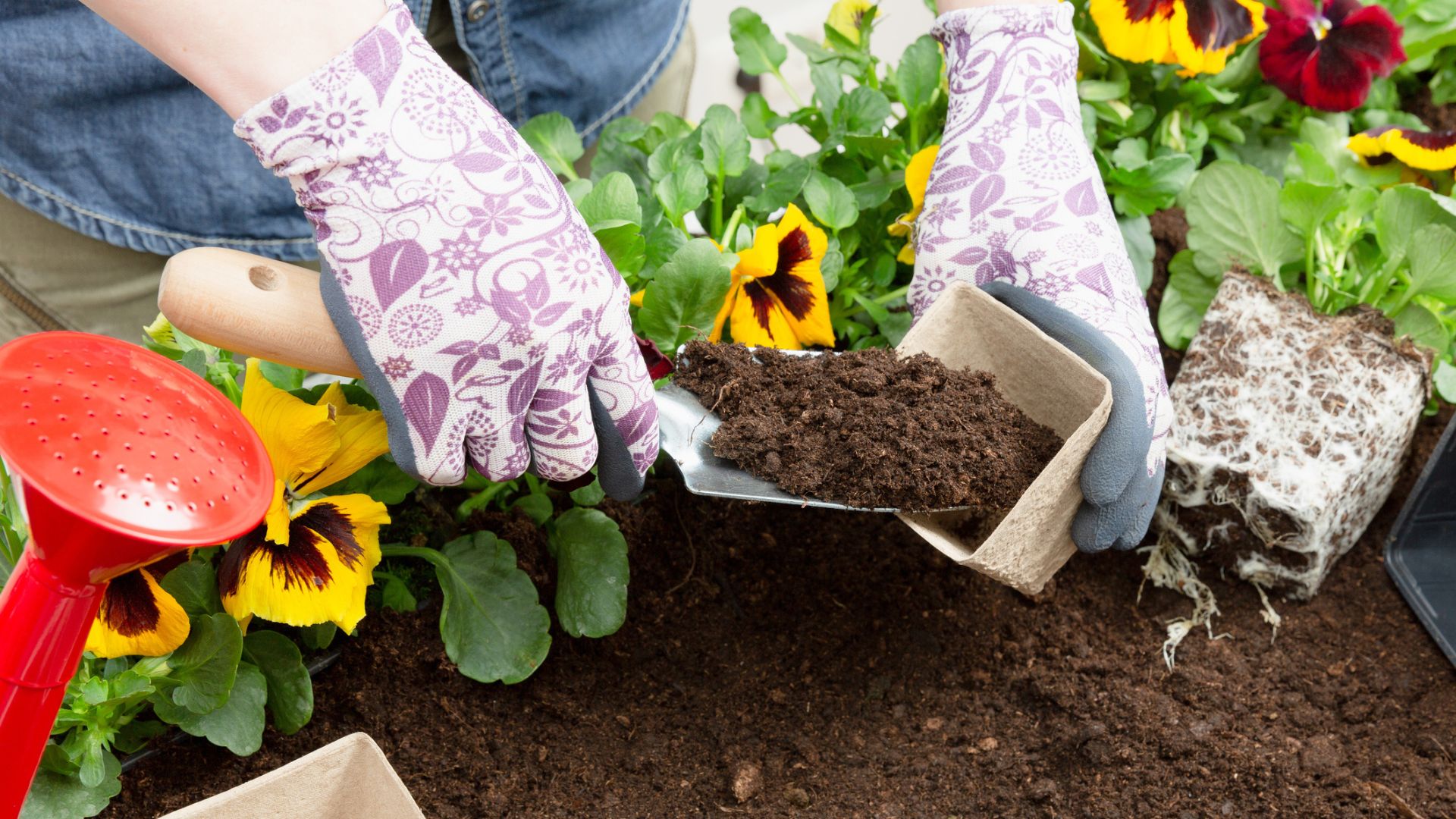Fall Vs. Spring Planting Pros And Cons


For many gardeners, deciding when flower and vegetable seeds should be planted into the garden can lead to frustration. Learning how to best meet the needs and growing requirements of various types of plants often involves careful research and attention to local conditions within one's own garden.
While some plants may grow well when planted in the spring, others may thrive when planted in the fall. Deciding upon the season in which to plant could be the determining factor that most greatly impacts the yield of crops within the garden. Here we will present both sides - reasons for sowing seeds in spring and autumn seed planting.
Fall Planting Pros - Reasons to Plant in Fall
(Tonya's viewpoint) While most gardeners are familiar with planting during the spring, there are actually many fall planting pros to consider. Here are just some of the reasons to plant in fall:
Easier to grow cool climate plants. Growers who experience high heat, humidity, and other adverse conditions throughout the summer season may often have great difficulty growing cool season crops. For this reason, many gardeners consider fall planting in both the vegetable garden and in hardy annual flower beds. Vegetables such as broccoli, cauliflower, spinach, and lettuce are just a few examples of cold tolerant plants. Fall planting not only extends the vegetable garden harvest into winter, but also allows plants to mature under more optimal growing conditions.
Improves overall growth. Additional reasons to plant in the fall are directly related to the overall growth habits of the plants. Hardy annual flowers, which are resistant to frost in certain growing zones, may also be planted in the fall. When planted at this time, flowering plants continue to become established throughout the winter and into the early spring. This period of growth results in plants that are overall larger and more robust before they begin to bloom in the spring. Certain cold tolerant herbs, such as chamomile, also benefit from fall plantings in much the same manner.
Seeds germinate better. Growers advocate for autumn seed planting for many reasons, including the ease at which seeds are able to germinate. Fall weather patterns, which include increased rainfall and cooler temperatures, contribute to conditions which promote the germination of seeds. Seedlings are also able to become better established as decreased temperatures and decreased insect pressure allow for a greater chance of survival and stress free growth.
Why Plant in Spring vs. Fall
(Darcy's viewpoint) Whether you're looking for grass, vegetables or ornamental plant seeds, in the springtime you'll find seed aisles at nearly any store. Sowing seeds in spring is traditional, and spring planting pros abound.
Gardening tips, videos, info and more delivered right to your inbox!
Sign up for the Gardening Know How newsletter today and receive a free copy of our e-book "How to Grow Delicious Tomatoes".
It's only natural. Spring is a time of new beginnings, fertility, birth and growth. Days grow longer, as the sun moves closer to us, warming the earth beneath our feet. The warming soil and springtime rain spurs germination in the dormant seeds from last fall and new life bursts out. Mimicking the natural cycles of growth, farmers and gardeners have sown seed in spring for thousands of years.
More options and availability. While certain plants do prefer to be sown in fall or winter, generally most plants will grow well when planted in spring and it is easier to obtain seed or young plants. In fact, many nurseries, garden centers and other stores only carry seed or seed starting equipment in the springtime. The nursery stock at garden centers and nurseries also tends to become sparser after spring. You may miss out if you put your planting projects off until autumn.
More time to prep the garden. Why plant in spring? Tradition and availability aside, planting in spring also allows us adequate time to properly prepare our garden beds, while also giving plants a nice long season to grow, mature, bloom and seed before winter.
Winter chill helps limit pests. In northern climates, fall planting may not be an option because of early frosts and freezes. However, these frosts and freezes kill off weeds, insect pests and even some diseases, giving us a clean slate in spring.
Sowing Seeds in Spring vs. Fall
While the decision of when to start seeds may vary depending upon where one lives, there is no doubt that there are positives and negatives to planting in both fall and spring. By familiarizing oneself with particular plant growth habits, growers are able to better access the timing needed at planting time. This, in tandem with routine garden care, will reward gardeners with bountiful vegetable harvests and an abundance of spring and early summer flowers - regardless of when you plant.
-
 10 Common Composting Problems That Can Spoil Your Garden Gold – Plus Easy Fixes
10 Common Composting Problems That Can Spoil Your Garden Gold – Plus Easy FixesLearn how to troubleshoot common composting issues before they ruin your stash – from bad smells and bugs to materials not breaking down as they should.
By Susan Albert
-
 Terrifically Tubular Flowers For Hummingbirds: 9 Tube-Flowered Plants To Attract Hummers
Terrifically Tubular Flowers For Hummingbirds: 9 Tube-Flowered Plants To Attract HummersGrowing tubular flowers for hummingbirds helps you create the optimum feeding conditions for your winged friends. Here are nine tubed delights for hummers
By Tonya Barnett